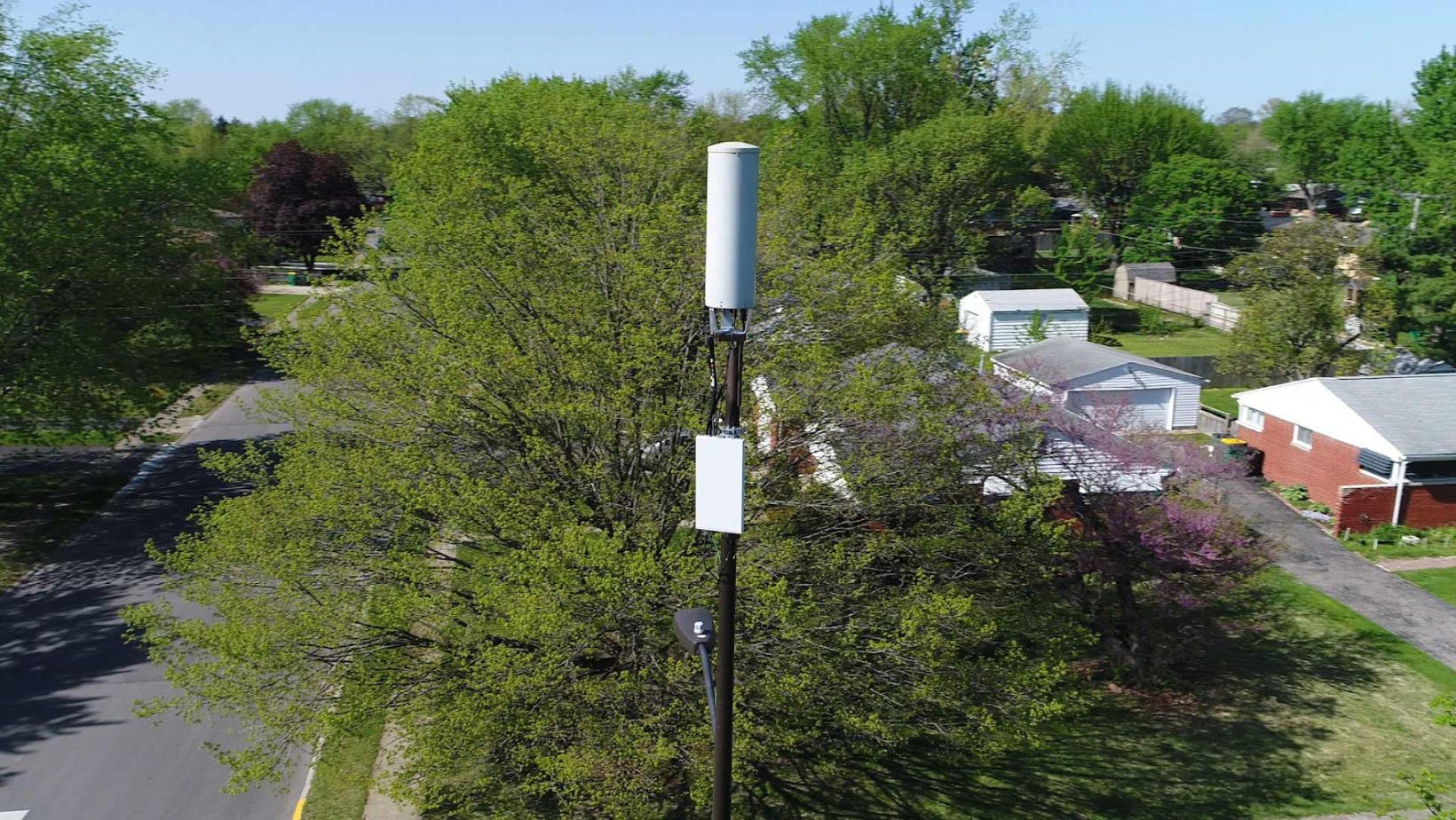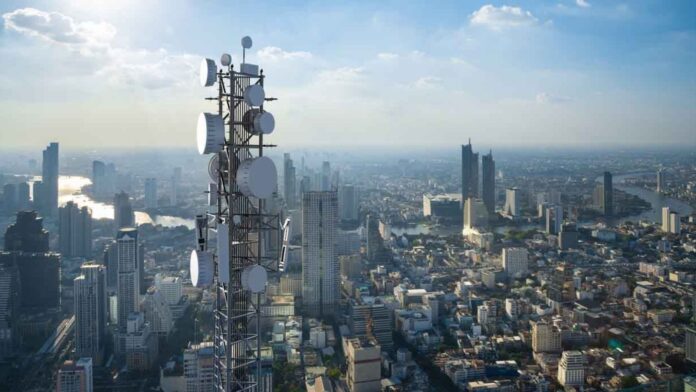How Many Towers Does Verizon Have
Verizon is one of the leading telecommunications companies in the United States, providing reliable wireless communication services to millions of customers. As a key player in the industry, Verizon operates an extensive network of cell towers across the country. These towers serve as crucial infrastructure for delivering strong and stable cellular signals to support our daily connectivity needs.
When it comes to determining exactly how many towers Verizon has, the precise number can be difficult to pin down. With a vast network spanning rural areas, suburbs, and urban centers, Verizon strategically places its towers to ensure optimal coverage and capacity. While Verizon doesn’t publicly disclose an exact count of their tower locations, they have invested heavily in expanding their network footprint over the years.
By continually adding new sites and upgrading existing ones with advanced technologies like 5G, Verizon aims to stay at the forefront of mobile communications. This commitment to expanding and enhancing their tower infrastructure allows them to provide reliable service across a wide range of geographic areas while meeting increasing data demands from consumers and businesses alike.
Urban vs. Rural Tower Distribution
Urban vs. Rural Tower Distribution
When it comes to the distribution of towers, there is a clear distinction between urban and rural areas. The needs and challenges in each setting are unique, which affects how many towers Verizon has in these different environments.
Tower Density in Urban Areas
In densely populated urban areas, the demand for connectivity is high, leading to a higher concentration of cell towers. These towers are strategically placed to ensure optimal coverage and capacity for the large number of people using wireless services.
For instance, in bustling cities like New York or Los Angeles, you’ll find a dense network of cell towers spread across neighborhoods and commercial districts. This allows Verizon to provide reliable service to millions of users simultaneously without major disruptions.
The high tower density in urban areas enables better signal strength and faster data speeds due to shorter distances between devices and their respective cell towers. With more towers available, network congestion can be minimized, ensuring smoother communication experiences for customers.
Challenges of Tower Distribution in Rural Areas
On the other hand, rural areas pose unique challenges when it comes to tower distribution. The lower population density and vast geographical expanses make it economically challenging to deploy as many cell towers as in urban settings.
Covering large rural territories with limited resources becomes a balancing act for telecommunication companies like Verizon. They need to carefully plan tower locations that provide maximum coverage while optimizing cost-effectiveness.
In rural regions, you might come across fewer tall structures housing cellular antennas compared to cities. Instead, telecommunications providers may utilize existing infrastructure such as water tanks or grain silos for mounting antennas where erecting standalone towers might not be feasible.

Verizon’s Tower Locations and Coverage Strategy
When it comes to providing reliable wireless coverage, Verizon has an extensive network of towers strategically placed across the country. These towers play a crucial role in ensuring that customers have access to strong and consistent signal strength for their devices.
Verizon does not publicly disclose the exact number of towers they have, as this information is considered proprietary. However, their tower infrastructure is vast and continues to grow as they expand their network reach.
To ensure comprehensive coverage, Verizon strategically places their towers in areas where there is high demand for wireless connectivity. This includes densely populated urban areas, suburban neighborhoods, and even rural regions where connectivity can be more challenging.
By leveraging advanced technologies and optimization techniques, Verizon aims to provide coverage that meets the needs of their customers. They employ a combination of macro cell towers, small cells, distributed antenna systems (DAS), and other innovative solutions to strengthen signal quality throughout different environments.
In addition to tower placement, Verizon also focuses on optimizing its network capacity to handle increasing data demands. With the rise of streaming services, video calls, and online gaming, users expect faster speeds and seamless connectivity. To meet these expectations, Verizon continuously invests in upgrading its tower equipment and expanding its spectrum resources.


